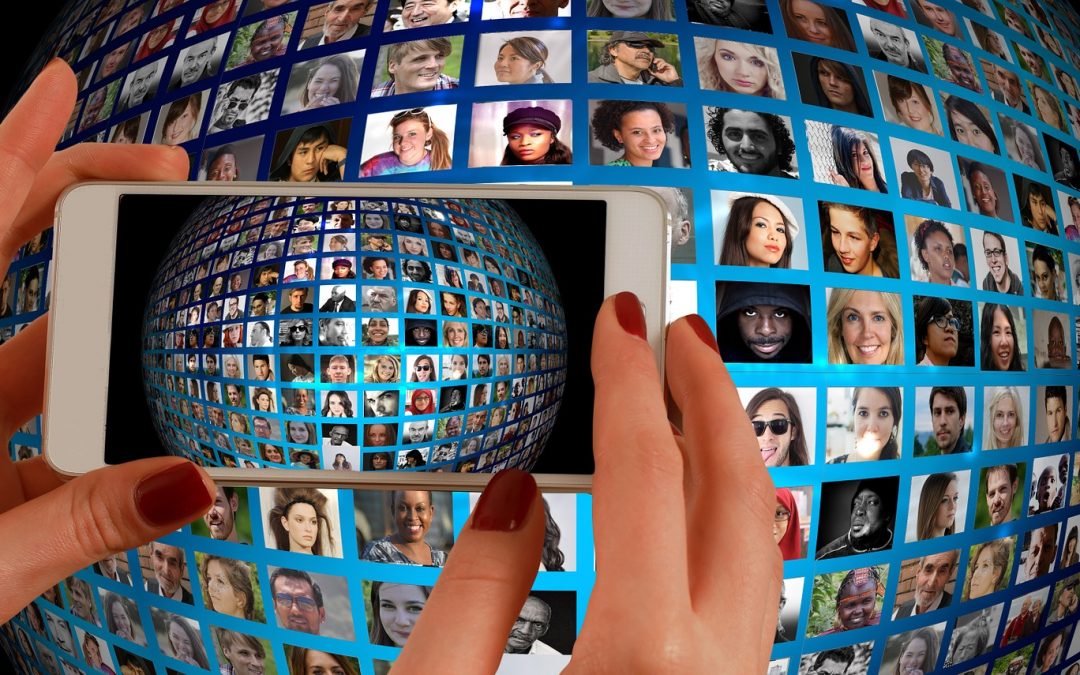Labels

By Dr. Marcia Davis-Dawkins
In marketing, labeling is used to identify products through branding. This labeling gives customers information about the product. Labeling also tags the products, and customers can differentiate one product from another. Labels have to meet various criteria so that customers can spot brands immediately based upon  symbols or even colors. Likewise, the same process is often utilized with people. Labels can show that we are associated with or we belong to a group or a family – that is why we wear certain brands so that we can identify with – we want to identify with certain labels. For instance, we might want to wear the Nike sneakers or clothes because we want to identify with Michael Jordan, a former popular basketball player.
symbols or even colors. Likewise, the same process is often utilized with people. Labels can show that we are associated with or we belong to a group or a family – that is why we wear certain brands so that we can identify with – we want to identify with certain labels. For instance, we might want to wear the Nike sneakers or clothes because we want to identify with Michael Jordan, a former popular basketball player.
People have different labels for others, for instance, Caucasians sometimes have labels for African Americans, African Americans have labels for African Americans, students have labels for each other, teachers have labels for students, parents have labels for their children and even the school system has labels for students. Interestingly enough, some of these labels can be negative as well as positive. Many times teachers and/or parents label their students/children because of behaviors/or attitudes they have witnessed before. We wear a symbol (similar to a gang), which tells that we are in that group. It seems as if the more we label our students, the more they “wear” the labels and cannot shed them because they believe the labels are theirs for life. Educators sometimes place labels on students that send figurative death sentences for students. These messages send them in holes where they are stuck in a time line and they tell themselves that they will never be good at anything. This in effect allows the students to have low self esteem and they don’t explore their capabilities.
Sometimes when I meet people, one of the first things they say after hearing that I am from Jamaica is a bunch of curse words, as if to say that all Jamaicans curse or it’s a way of greeting. Frankly speaking, I find that offensive. Or a second thing they might even ask if I smoke marijuana and that it is difficult to believe that I have not smoked marijuana! Some of these stereotypical labels definitely send a negative connotation. We use what we hear about others to label others or even use outwards appearance to prejudge.
 As such, educators should focus on and make concerted efforts to adequately and successfully address students’ needs and avoid labels. We place labels on students we don’t even know – we simply make assumptions based on other teachers’ experiences. Instead of labeling or belittling our students or others, we could instead be a mentor to those persons and avoid being judgmental. At times because students or people in general are labeled then they wear the labels that could require wearing masks as an extra “costume.” They wear the masks to cover up inhibitions/shortcomings. People sometimes don’t understand the roles we play so things get complicated and we are misunderstood. We feel as if we are inferior or superior in their world based on the label people place on them. Some people might feel less attractive, less important, less smart or self-confidence might be damaged. So many people grow up believing the negative things people say about them and have not tried to prove them wrong. Most times it cripples them – don’t place people in boxes. Some people in some boxes might be lonely and/or depressed. Let’s try to have a positive mindset as we begin the new school year and beyond. “The time is always right to do what is right.” – Dr. Martin Luther King Jr. There should be no excuses; let us avoid labeling.
As such, educators should focus on and make concerted efforts to adequately and successfully address students’ needs and avoid labels. We place labels on students we don’t even know – we simply make assumptions based on other teachers’ experiences. Instead of labeling or belittling our students or others, we could instead be a mentor to those persons and avoid being judgmental. At times because students or people in general are labeled then they wear the labels that could require wearing masks as an extra “costume.” They wear the masks to cover up inhibitions/shortcomings. People sometimes don’t understand the roles we play so things get complicated and we are misunderstood. We feel as if we are inferior or superior in their world based on the label people place on them. Some people might feel less attractive, less important, less smart or self-confidence might be damaged. So many people grow up believing the negative things people say about them and have not tried to prove them wrong. Most times it cripples them – don’t place people in boxes. Some people in some boxes might be lonely and/or depressed. Let’s try to have a positive mindset as we begin the new school year and beyond. “The time is always right to do what is right.” – Dr. Martin Luther King Jr. There should be no excuses; let us avoid labeling.

